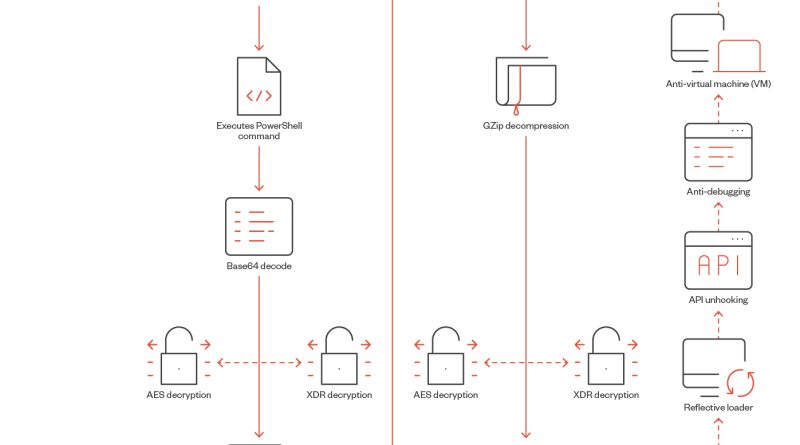Pawn Storm Uses Brute Force and Stealth Against High-Value Targets
Based on our estimates, from approximately April 2022 until November 2023, Pawn Storm attempted to launch NTLMv2 hash relay attacks through different methods, with huge peaks in the number of targets and variations in the government departments that it targeted. Read More HERE…










